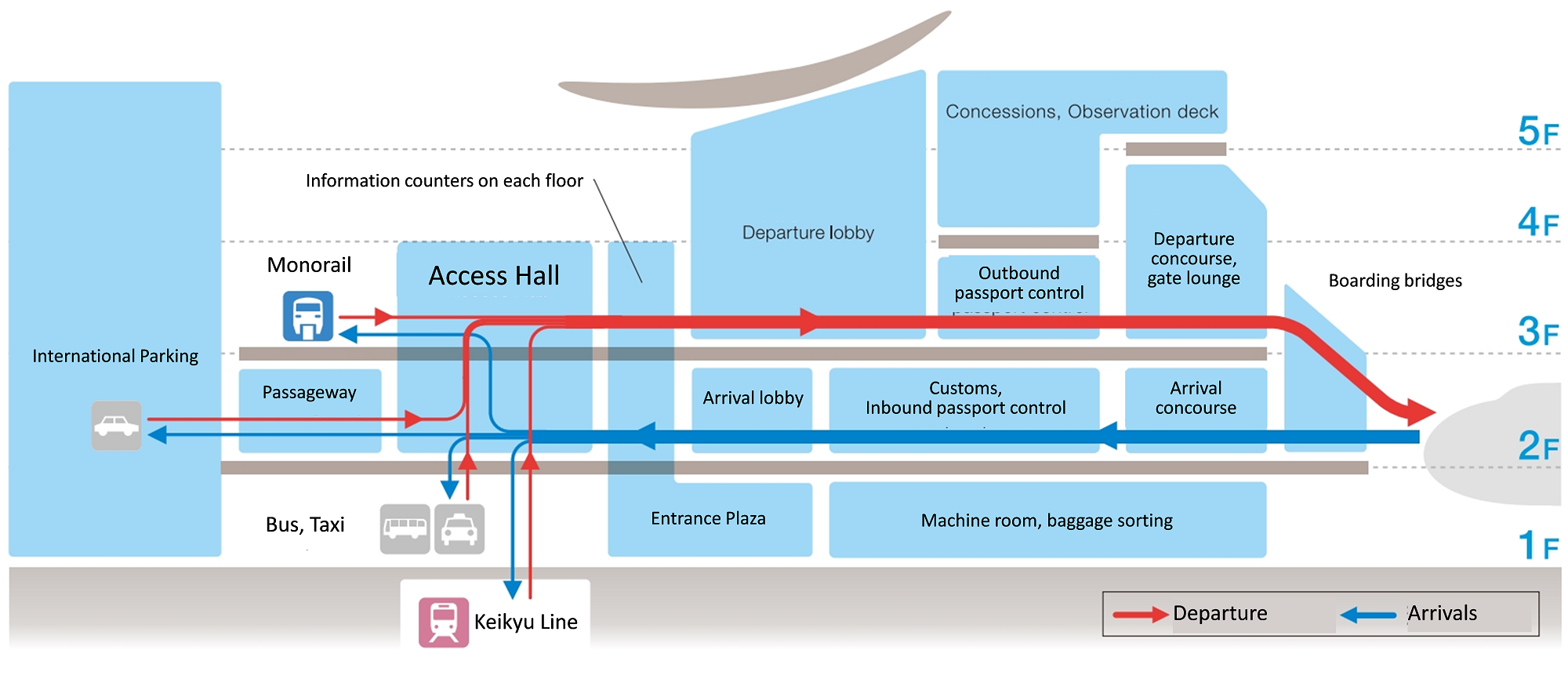Education FOR Biodiversity (Action Learning)
Exotic Plant Control 2017
Treverton Wildlife Area
The Treverton Wildlife Area was developed as an educational facility. Action Learning, Learning by Doing, Outdoor Education and Capacity Building educational processes where implemented to develop a biodiversity improved and enriched area. The facility allowed/allows learners to participate directly with the environmental projects ‘at home’ with projects for biodiversity.
Learners actively conduct action learning projects which are either teacher driven (lower grades) or learner driven (higher grades) or a combination thereof to perform specific outcomes related to biodiversity rehabilitation. The projects are conducted under guidance with the emphasis being on education processes, youth empowerment and capacity building. The improved biodiversity is not the primary motivation for the activities but rather an outcomes.
Outdoor Education programmes are conducted in the TWA with the purpose of individual growth, environmental interaction, mental health, outdoor skills, improve communication and decrease stress levels.
Capacity Building projects are conducted with educators in the region. The teachers participate in activities within skills development courses related to biodiversity. Teachers are then able to implement these activities with their own learners and in their areas.
The Treverton management team's acceptance of the concept, their motivation and having the vision to implement the programme. This includes allocation of funds to the programme.
Obtaining support from the educators who see the potential and the importance of conducting educational activities which benefit the long-term biodiversity objectives while supporting good education.
Support from the local community, including the farmers, which encourages the process and contribute to the development in a variety of means (including donations).
The motivation for the implementation of projects is very important but not always understood by those who are not directly involved in either conservation or environmental education. That is, it is important to attempt to describe: the logic behind the concept, the advantages, the educational outputs and benefits, the proposed processes, the long-term conservation benefits, the methods to be implemented and the educational benefits. However, the bottom line of financial implications or benefits is often still the driving factor. Thus working on these factors and emphasising the social components does have an impact.
The development of educational activities which are related to the curriculum requirements which can be presented to the teachers with the teaching strategies can help the teachers to participate more readily for the first time. Once a teacher has conducted one educational process in the conservation area, he/she is more likely develop future projects. Suggestions of possible projects also encourages the teachers.
